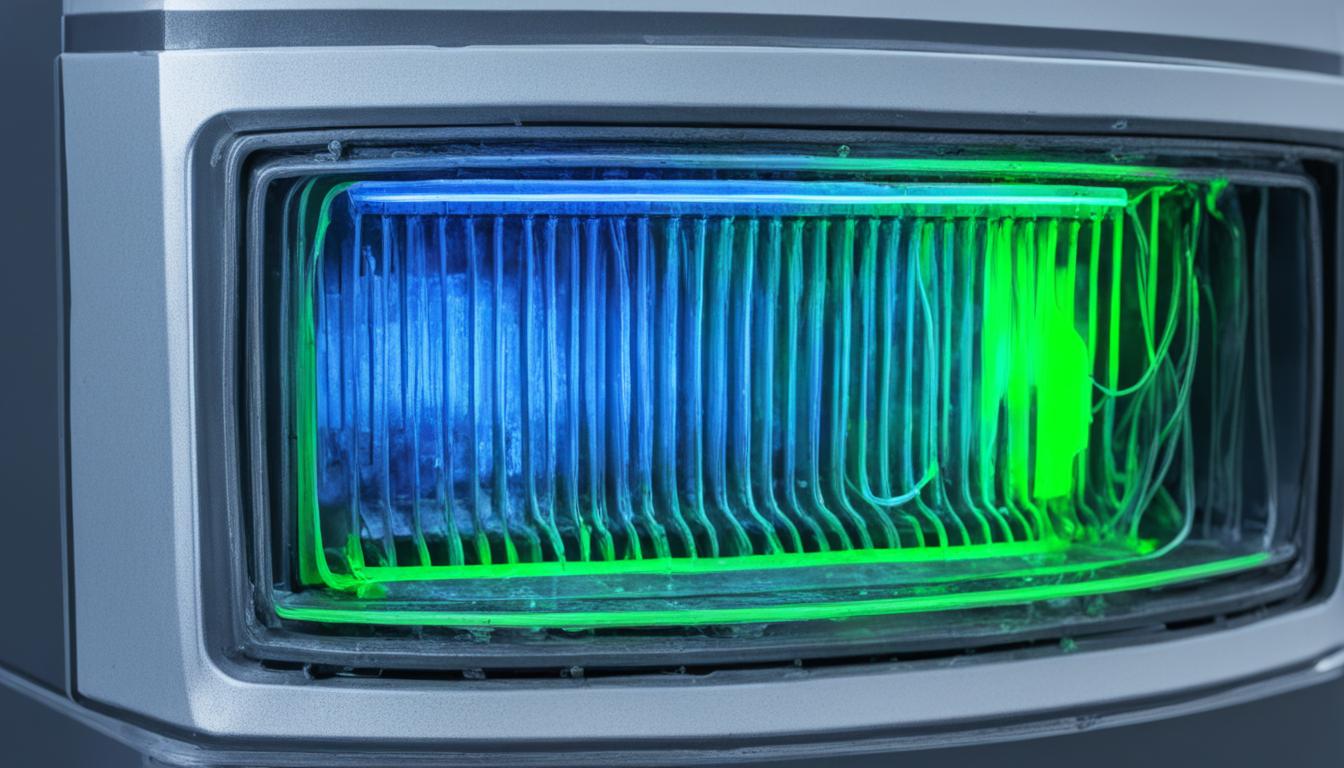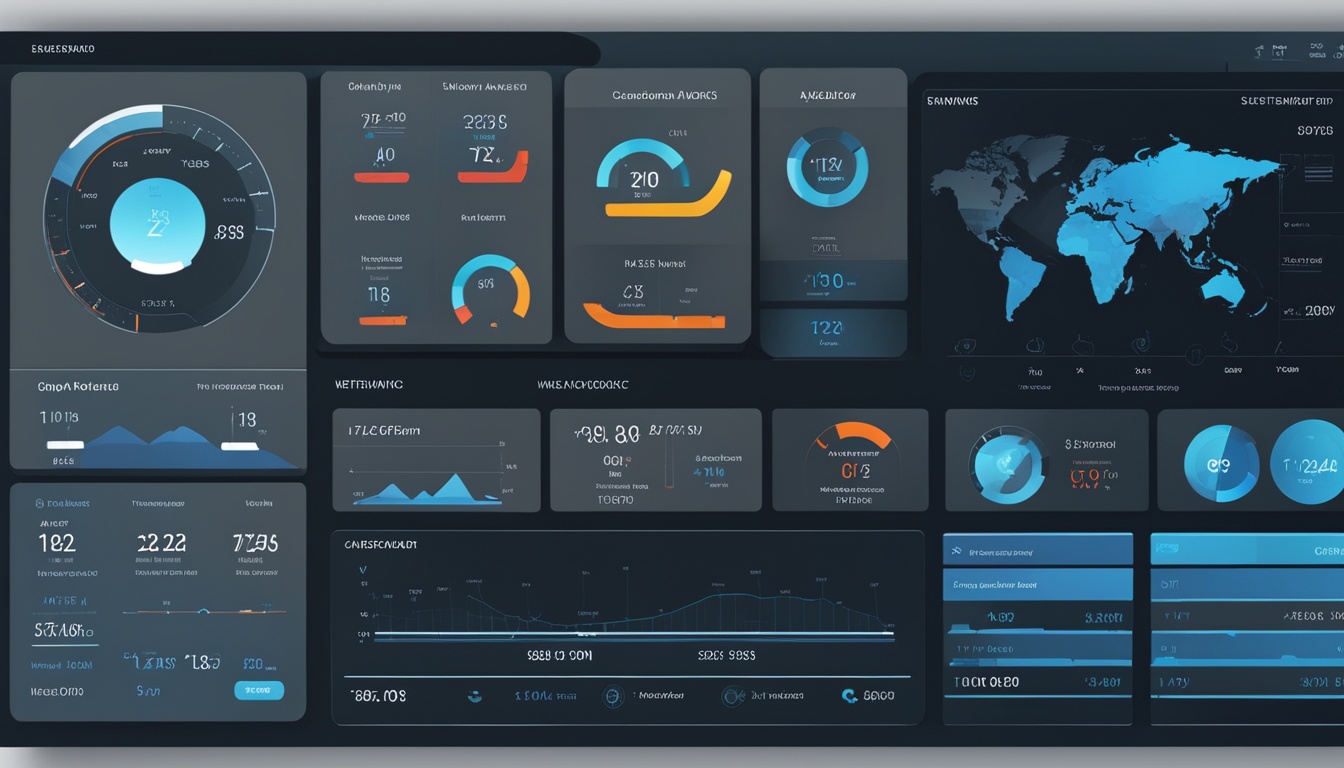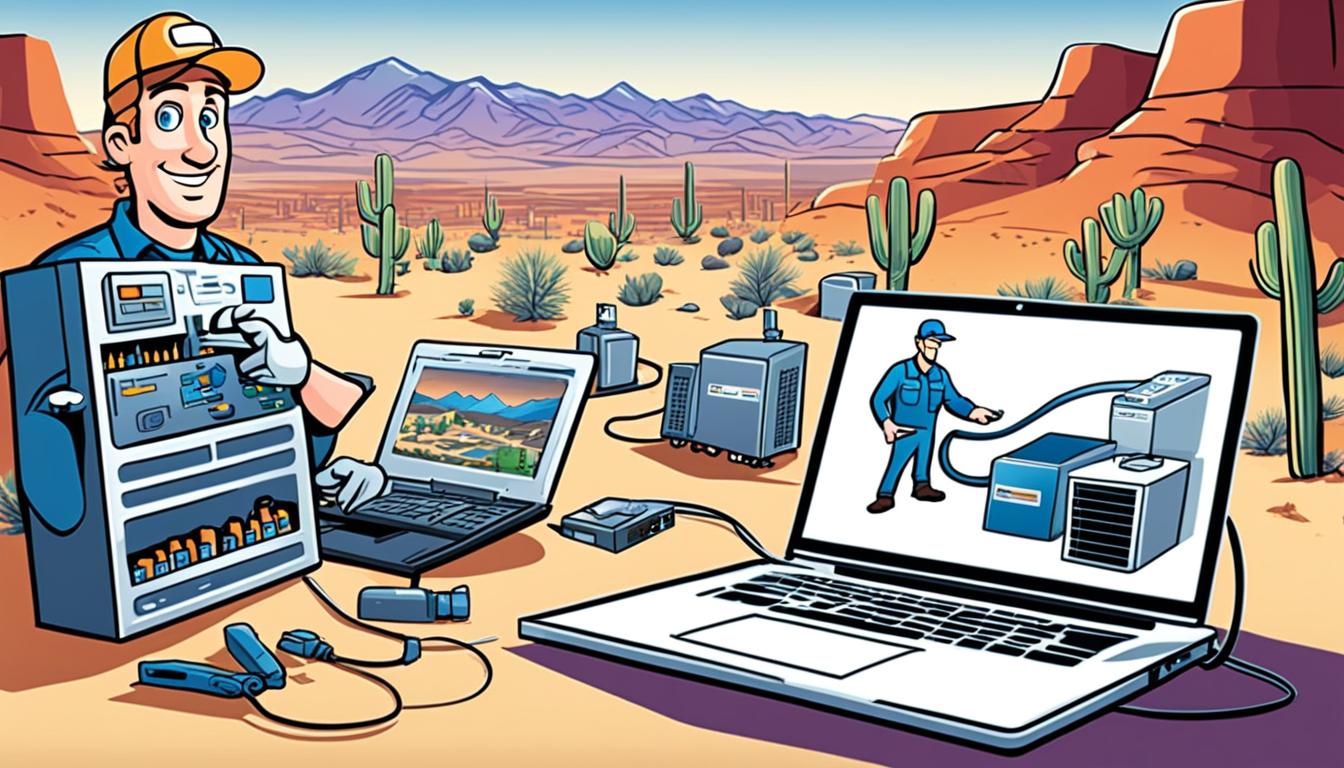Imagine this: it’s a scorching summer day, and the sun’s rays beat down relentlessly. You step into your car, eagerly anticipating the cool relief of the air conditioning. But as you turn it on, you’re met with a disappointing blast of warm air. AC troubles are never pleasant, especially when you thought you had fixed them. Is there a way to verify those repairs and ensure that no further leaks exist?
The answer lies in the invaluable tool known as AC leak detectors. These detectors help pinpoint the exact location of leaks in your AC system, ensuring that repairs are thorough and no additional leaks remain undetected. Whether you’re an AC repair contractor or a DIY enthusiast, understanding how to use these leak detectors effectively can save you time, money, and frustration.
Key Takeaways:
- AC leak detectors are essential tools for verifying repairs and preventing further leaks in AC systems.
- There are two types of leaks: active and passive, each requiring different detection methods.
- Electronic leak detectors are effective for detecting active leaks, while refrigerant ultraviolet leak detection dye is suitable for passive leaks.
- AC repair contractors should follow best practices to ensure the effective use of leak detectors and reduce leakage.
- By using leak detectors, you can have peace of mind knowing that your AC repairs are successful and no hidden leaks are waiting to surprise you later.
Types of Leak Detectors for Verifying Repairs
When it comes to verifying repairs and ensuring that no further leaks exist in an AC system, having the right leak detection equipment is crucial. There are several types of leak detectors available that can help AC repair contractors identify and locate leaks accurately.
1. Electronic Leak Detectors
Electronic leak detectors are one of the most common and effective tools used for leak detection. These devices work by sensing the presence of refrigerant gases. They can detect leaks in both active and passive systems, making them versatile and reliable for all types of AC repairs. Electronic leak detectors are highly sensitive and can detect even the smallest leaks, ensuring that repairs are thoroughly checked and verified.
2. Ultrasonic Leak Detectors
Ultrasonic leak detectors utilize high-frequency sound waves to detect leaks in AC systems. These devices can identify leaks by detecting the sound generated by escaping gases or liquids. Ultrasonic leak detectors are especially useful for pinpointing leaks in hard-to-reach areas or detecting leaks in pressurized systems. Their non-invasive nature makes them a valuable tool for verifying repairs without causing further damage to the AC system or its components.
3. UV Leak Detection Tools
UV leak detection tools utilize fluorescent dye that is injected into the AC system. The dye circulates with the refrigerant and escapes through any detected leaks. UV light is then used to illuminate the dye, making it visible to the naked eye. UV leak detection tools are particularly effective for detecting small leaks or leaks that are difficult to identify visually. This method is commonly used in conjunction with other leak detection techniques to ensure thorough verification of repairs.
4. Gas Leak Detectors
Gas leak detectors are specifically designed to detect leaks in gas lines or systems. These detectors can identify leaks by sensing the presence of specific gases, including refrigerants. Gas leak detectors are highly sensitive and accurate, making them an essential tool for verifying repairs in AC systems that use gas-powered components.
By utilizing the appropriate leak detection tools for verifying repairs, AC repair contractors can ensure that their work is of the highest quality and that no further leaks exist.
Having the right leak detection equipment is crucial for AC repair contractors to ensure the success of their repairs and provide reliable services. In the next section, we will discuss the best practices for using leak detectors and reducing leakage in AC systems.
Best Practices for Using Leak Detectors and Reducing Leakage
To ensure the effective use of leak detectors and reduce leakage, AC repair contractors should follow best practices. By implementing these strategies, you can optimize your leak detection services and enhance the accuracy of your repairs.
The first step in using leak detectors effectively is to choose the right technology for the job. There are various leak detection methods available, such as electronic leak detectors and ultraviolet leak detection dye. Familiarize yourself with the different options and select the one that suits your specific needs. Additionally, stay updated with the latest advancements in leak detection technology to ensure you are using the most innovative tools available.
Another crucial aspect of leak detection is proper training and expertise. Investing in qualified leak detection specialists can make a significant difference in the accuracy of your repairs. These professionals have the knowledge and experience to utilize leak detectors efficiently and identify potential leakage points. Their expertise can save you valuable time and resources in the long run.
Regular maintenance and inspections are essential to reducing leakage. Conduct routine checks on the AC systems you work on, even if no leaks have been reported. By being proactive, you can identify and fix any potential issues before they escalate. This practice not only saves your clients from unexpected breakdowns but also protects your reputation as a reliable AC repair contractor.





0 Comments